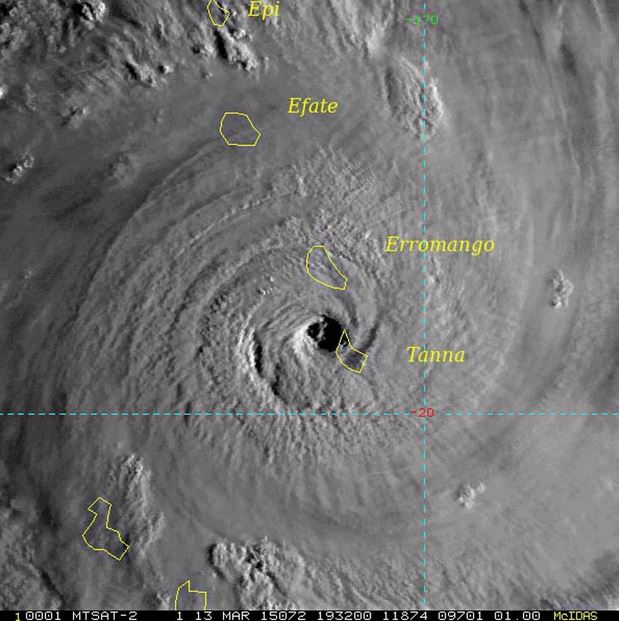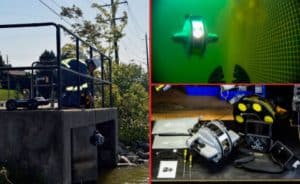Geospatial Technology in Disaster Response
It has now been almost a month since Category 5 Cyclone Pam struck Vanuatu. With sustained winds greater than 160 MPH, much of the Island nation of Vanuatu has been devastated by wind damage to personal property and to civil infrastructure. It is difficult for the rest of the world to receive information describing the damage extent, and personal loss, across the region as electricity and communication services are intermittent in some areas and still being restored in most areas. Even fresh water and food are a scarce commodity, with some communities rationing food and some citizens drinking salt water while waiting for disaster relief.
The island nation of Vanuatu is comprised of 82 small islands spread over an area of about 4,700 square miles. The geographic extent of Vanuatu, and the distribution of the citizens across the archipelago, makes assessing damage and determining emergency response needs for each community very difficult.
As many nations respond with relief efforts to provide food and water and shelter to areas affected by Cyclone Pam, geospatial technology will play a vital role in assessing damage, coordinating relief, and assisting in reconstruction. One day following Cyclone Pam making landfall in Vanuatu, UNITAR began releasing geospatial data showing potentially damaged areas of the Island nation by region. This information is critical to aid workers prioritizing immediate relief efforts and to assess required resources as reconstruction begins.
The news agencies have begun using Unmanned Aerial Systems (UAS) to access areas difficult to see on foot and show an aerial view of the damage caused by Cyclone Pam. We can expect many aerial surveys to be completed by aircraft and UAS over Vanuatu to aid in assessing damage and to coordinate relief efforts. Vital information for emergency responders and aid workers, these aerial images assessing destruction will prioritize relief efforts and will also provide valuable information needed for reconstruction projects.
Geospatial technologies, whether on the ground or in the air, will play a vital role in assisting the citizens of Vanuatu as they recover from this devastating cyclone. International relief efforts will rely greatly on geospatial technologies to coordinate aid deliveries to devastated communities. Assessing infrastructure damage and reconstruction will rely upon geospatial technologies.
In the weeks and months ahead, it will be interesting to see exactly how geospatial technologies were used in responding to the devastation caused by this cyclone. As information is released, I am confident that we will see that the use of UAS were critical to assessing damage very quickly and that the aerial images collected were instrumental in coordinating relief efforts. UAS equipment will continue to become a vital tool in emergency response efforts, whether it be wildfires in the United States or a devastating cyclone in the South Pacific.
Frontier Precision is proud to serve the geospatial community by offering many products and services critical to maintaining infrastructure, managing natural resources, protecting public health, and responding to natural disasters. Whether your needs include GNSS equipment, geospatial software solutions, UAS technologies, environmental monitoring, or other geospatial technologies and services, we likely have a solution for you. Please contact us to learn more about the products and services that we provide that may help your organization.







